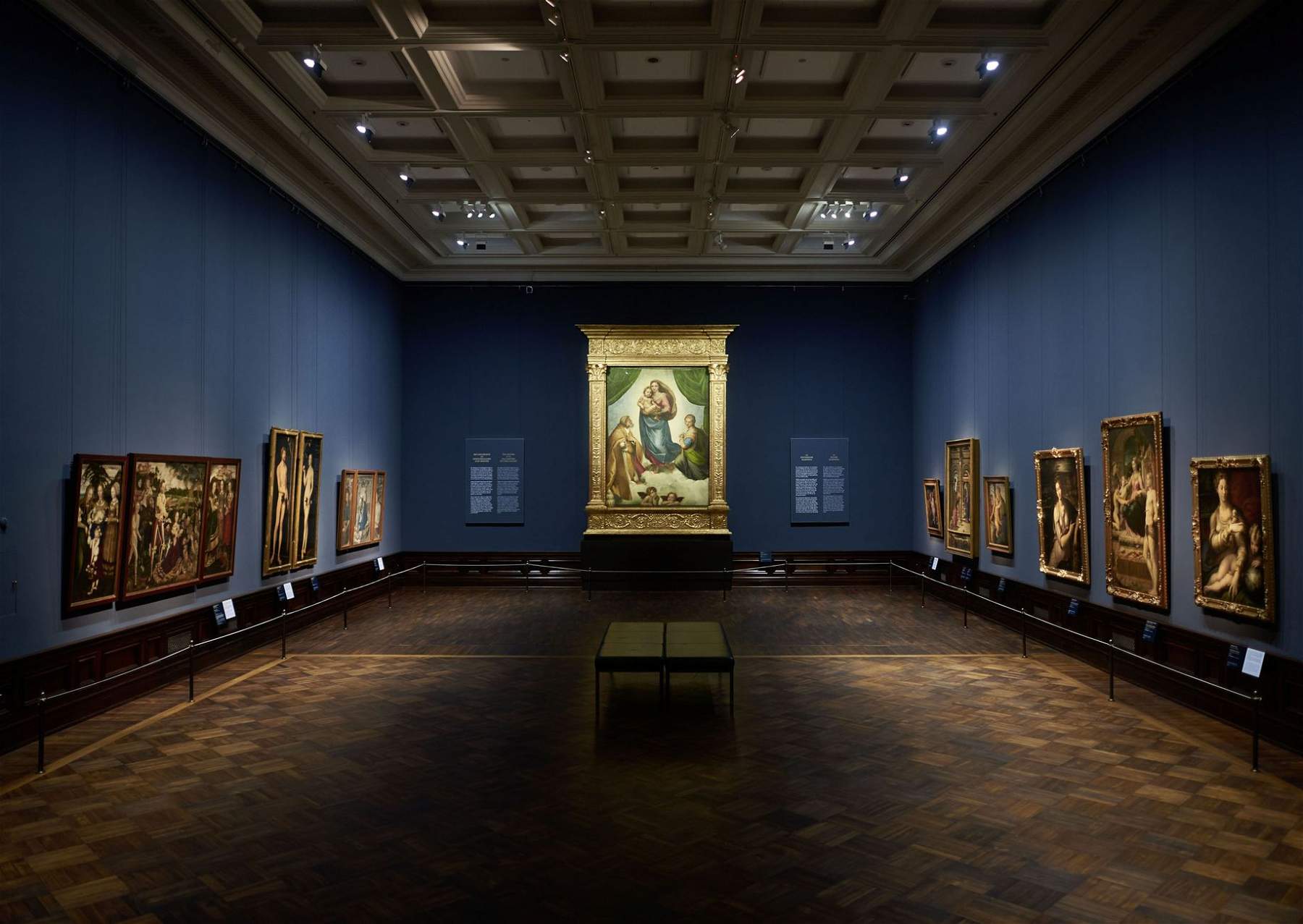Germany is preparing to reopen museums and churches nationwide. Following announcements of initial reopenings in some of the Länder, the country’s federal states (in Thuringia some museums, such as the Dornburg Castle Museum and the Weimar Republic House, have already reopened, while it is announced for May 4 the opening of the Bauhaus Museum, the Nietzsche Archives in Weimar, and the Staatliche Kunstsammlungen in Dresden, and other museums will follow in the days to come), on Thursday, April 30, the go-ahead was given for museums, churches, zoos, and playgrounds to open, although no exact dates were announced. This was reported by the DPA news agency, which spoke of a videoconference agreement between the federal government and the states on further easing of restrictive measures, which follows that already established on April 20, when retail trade reopened, albeit with differences between the different federal states on the level of measures.
It emerged from the meeting that museums will be allowed to reopen only if they provide security measures to counter the contagion, although no further specifics came. However, an announcement was made of a 10-million-euro plan that will be used to bring museums up to standard. As for churches, at the moment both the Catholic Bishops’ Conference and the Evangelical Church are studying security measures in order to be able to return to the celebration of rites, and again no date has been announced as to when churches will be able to reopen, but in the meeting between the government and the Länder the green light was also given to houses of worship. Still a red light, however, for bars and restaurants: their situation will be discussed at the next meeting, set for May 6. The same goes for the end of the spacing rules, initially set for May 10, but it is now almost certain that the date will be pushed back.
The German approach is marked by utmost caution. Chancellor Angela Merkel has only let it be known that the one imposed by the Covid-19 coronavirus pandemic is “a huge challenge for everyone,” that “we continue to learn day by day,” and that “there is no model.” She was echoed by Bavaria’s Prime Minister Markus Söder, who declared that Germany “does not experiment with the health of its citizens.” There is no shortage of criticism, however, especially from the business world: yesterday the Federal Association of Small and Medium-sized Enterprises wrote a letter sent to the federal government and state governments complaining that, in their view, the government’s program follows a purely virological perspective and does not sufficiently take into account the country’s economic and social needs. They also criticize theabsence of a concrete roadmap with dates and measures for a gradual recovery of the economy. “Vaccine development,” the association wrote, “will soon succeed in containing the coronavirus, but when it does, the damage to the country’s economy could be irreversible.” Criticism also came from Christian Lindner, chairman of the Fdp, the main liberal-leaning party, who said the central government is not giving clear perspectives and is moving more slowly than in other countries (Austria was the example given). Saxony-Anhalt’s Prime Minister Reiner Haseloff (of the Cdu, Merkel’s party) responded to the criticism by saying that new information on the disease is being acquired day by day, and dismissing the suspicion that virologists are running the country: Haseloff reiterated that government and scientists work closely together, but decisions depend on politics.
Finally, it is a hoax to report, spread by many media outlets in Italy, that contagions are on the upswing in Germany after the relaxation of measures decided last April 20. The fake news spread after, on April 28, the Robert Koch Institute (RKI, the counterpart of our Istituto Superiore di Sanità) reported that theinfection index (the famous R0 monitored as one of the most significant for understanding the progress of the pandemic) had been measured at 1.0 for the day before (in fact, the institute had rounded up the value to 0.96), up from 0.7 in mid-April (a rate of 0.7 means, in short, that 10 infected people in turn infect 7 others): the news was mistaken for some kind of flare-up of the infection. But already on the same day, RKI director Lothar Wieler warned about how to interpret the figure: it is a national average, the actual figure varies from region to region, it is referred to many days earlier (for Wieler, the increase in recent days could have been the result of more contacts during the Easter holidays, but there is no certainty). Moreover, already the next day the RKI had let it be known that the index had fallen again, registering an average of 0.75. Finally, even looking at the absolute numbers one can easily see how there is no resumption of contagion. From about 2,000 to 2,500 cases per day in mid-April, it has gone down to just over 1,000 in the last few days, and today, May 2, a negative record since March 13 has been reached, with 945 new cases. This does not detract from the fact that, in any case, Germany has not yet granted the “free-for-all” and seems to be, indeed, still far from completely lifting the restrictive measures.
Pictured: a room in the Gemäldegalerie in Dresden.
 |
| Germany, okay to reopen museums and churches. The rise of contagions? A hoax |
Warning: the translation into English of the original Italian article was created using automatic tools. We undertake to review all articles, but we do not guarantee the total absence of inaccuracies in the translation due to the program. You can find the original by clicking on the ITA button. If you find any mistake,please contact us.